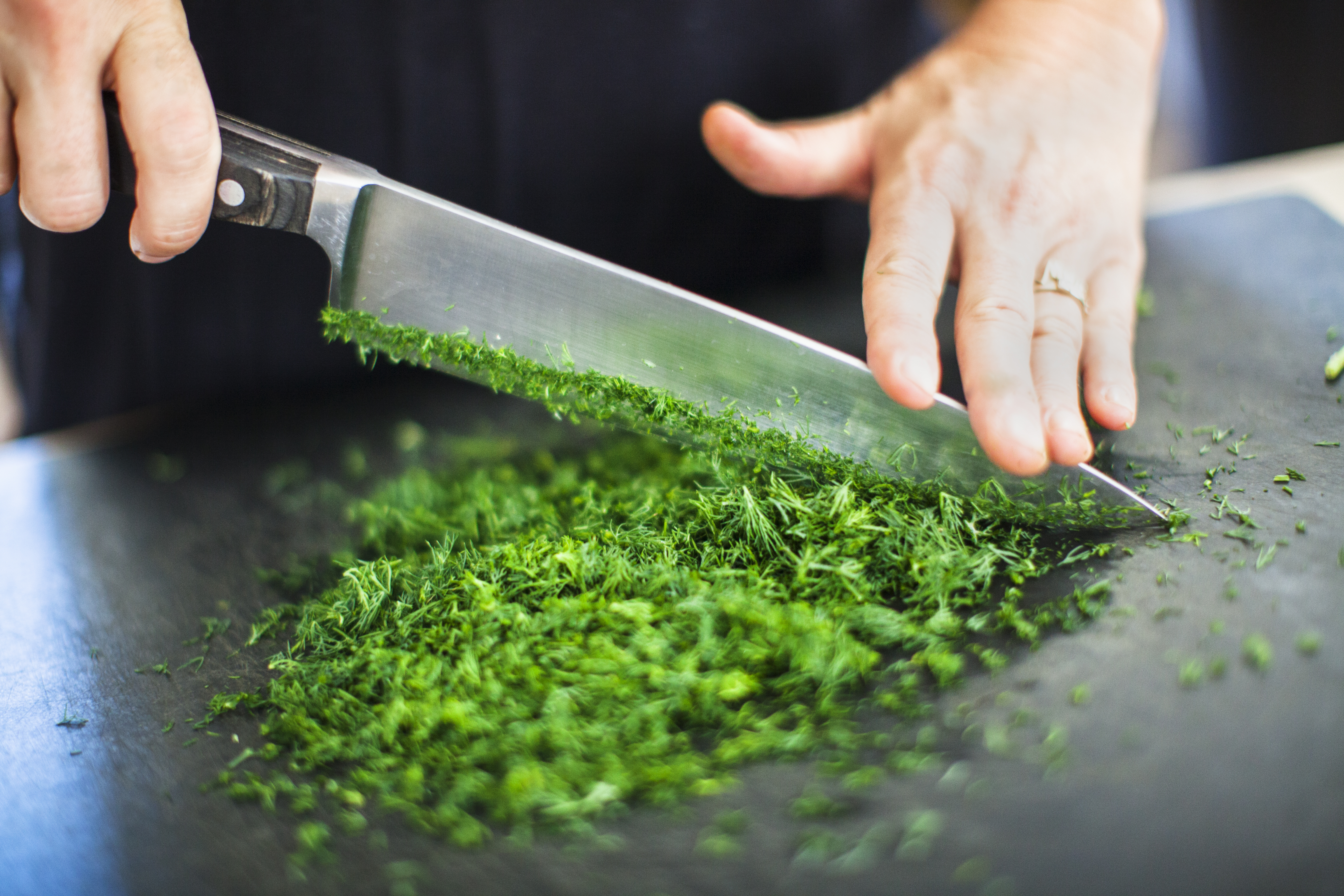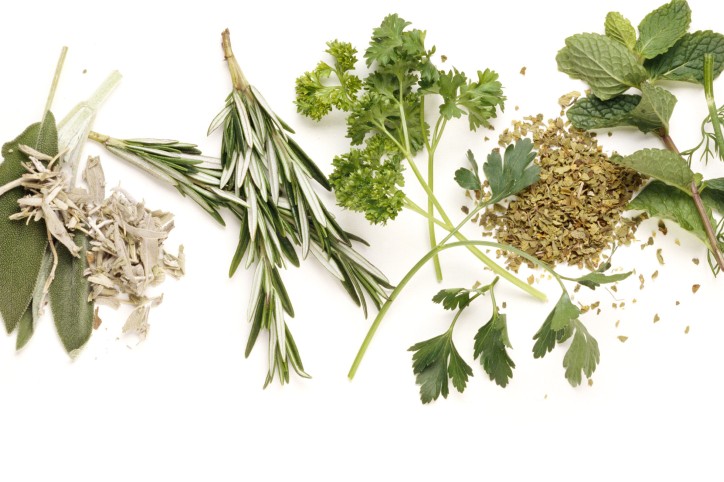The gut is now commonly referred to as our “second brain” and is one of the best places to start when dealing with everything from digestive issues, immunity issues, mood, sleep and more.
“The immune system is on the other side of a one-cell-thick membrane that is our microbiome and if our guts are compromised in any way, our immune system will be affected,” says Rachelle Robinett, an herbalist, educator and the founder of Pharmakon Supernatural. “Starting great gut-habits early is a powerful way to set kids up for seasonal immunity. Plus, the benefits become exponential and can last well into adulthood.”
Gut healing protocols are standard for treating autoimmune disorders.
“We want this defense to be as intact as possible,” says Robinett. “Especially during the holidays when we might be introducing foods we haven’t had in a while or running on adrenaline in order to do all the things.”
Gut health is related to allergies.
“There’s a clear link between allergies and gut health, as well as skin issues and the gut, and mood,” says Robinett. “The state of our digestive system reflects and affects nearly every part of us.”
Stress has a direct effect on gut health, too.
“We are either in the state of fight-or-flight or rest-and-digest; not both at the same time. This means that when we’re running on high and eating on the fly, we’re compromising digestion, which has a cascade effect on related health systems. There’s also the point that chronically high cortisol levels — that’s a stress hormone — affect weight, hormone balance, sleep, and more,” says Robinett.
It is possible to be both busy and gut-friendly. Here are the microbiome supportive practice Robinett recommends for any time, and especially, holiday times:

- Aim to avoid irritants: “Irritation or offense to the microbiome can send signals to the central nervous system that something is wrong. This creates stress! To say that another way: eating foods we’re sensitive to actually creates stress in the body, even if we don’t consciously realize it. What are irritants? Any food your body doesn’t love, so it will vary from person to person but really common examples are: gluten, processed food, sugar, large amounts of dairy, flour, caffeine, or alcohol. Sound like your whole holiday meal? Simply aiming for more of the great vegetable sides, and lean proteins — plant-based or otherwise — can make a huge difference in how we look and feel come January. Every little bit helps.”
- Increase gut-friendy ingredients like fiber: “Consider a high-fiber smoothie to start your days. Take a probiotic and aim for fermented foods like sauerkraut, kimchi, low-sugar kombucha, or truly-fizzy coconut yogurt. Drink half your body-weight in ounces of water per day and use soluble-fibers like chia and flaxseed to get 30 grams of fiber per day.”
- A note on prebiotics: “These are fiber and starch, not bacteria! As with probiotics, I’m a fan of both taking them (in forms like acacia fiber) and eating them in food form. Foods high in prebiotic fiber include chicory root, garlic, onion, leeks, asparagus, green bananas (before the starch turns to sugar) and green plantains.”
- A note on fiber: “There are two types of fiber: insoluble and soluble. Insoluble fiber is known as ‘roughage,’ and due to its dense matter, it can’t be broken down in the gut. Therefore, it continues on its path, relieving constipation and helping with regularity. Soluble fiber binds to cholesterol and sugar, slowing their absorption into the blood. It can also help boost “good” bacteria in the gut (it’s a prebiotic). Both are important in a daily diet and most folks eat far too little fiber. In fact, fiber is the single most common nutrient deficiency in America.”
- Add more greens: “Greens are always more so if you’re able to squeeze in a greens powder, some spirulina, a juice or an extra salad, it’s always going to be worth it. If you prefer purples or reds to greens, that’s great too.”
- Consider digestive herbal bitters: “These can be in concentrated liquid form or naturally in foods. Using herbal bitters helps to improve stomach acid levels, bettering digestion, absorption and motility. To use: Take a serving about 10-15 minutes before main meals and make sure to taste them! These work as soon as they hit our flavor receptors. For a cheap and easy alternative, nibble on a bitter green instead. Examples include broccoli rabe, mustard greens and dandelion greens. My all-time favorite is dried orange peel.”








